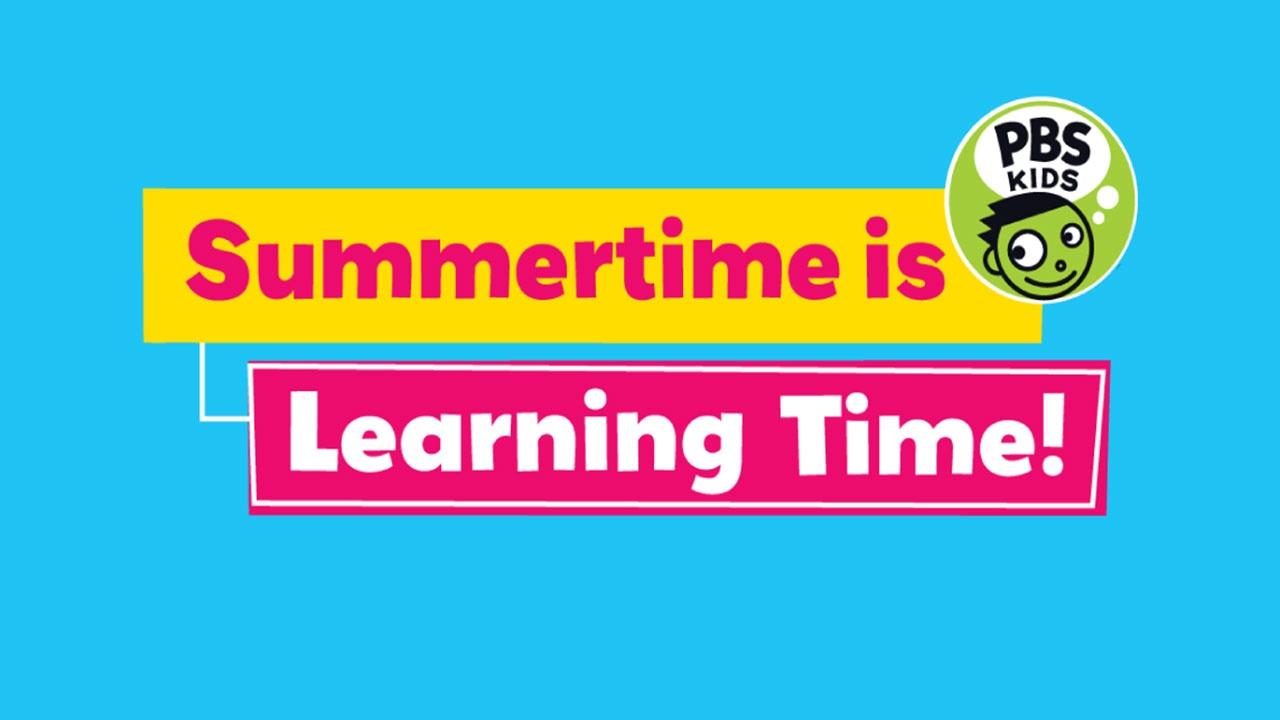Dear Families,
There are so many opportunities for educating ourselves while also finding ways to use what we learn to help each other. Let us take this time to explore and discover new skills and interests. Science is one of the broadest academic areas: we can learn about space, physics, chemistry, the natural world, and so much more. In this week’s newsletter you will find fun and exciting science-based activities and lessons. Many of these activities, including Design Squad: Convenient Carrier, promote STEAM-based learning and invite students to think of ways to use design skills to help each other.
Thank you for joining us on this journey. You’ve got this and you’ve got us on your team. Please keep learning and growing, and please stay safe and well.
With appreciation,
KLRN Education Team
education@klrn.org
Here are fun learning activities around the theme of science for your child of any age!
Infant/Toddler Activities
- Track It
Exploring animal tracks will help boost observation and investigation skills. Trace the animal tracks, and then head outside together to see if you can spot any tracks along the sidewalk, in your yard, or even on a tree. - Oscar’s Trash Launch
Play this game to explore the concept of force with Oscar the Grouch. Help kids use Oscar’s trash launcher to catapult pieces of garbage into Oscar’s trash can. Point out that the more the spring is pushed down (or compressed) the farther the trash will be launched. - Pressing Flowers
Creating pressed flower art with your child while discussing the properties and appearance of different blossoms.
Preschool Activities
- Rainbow Milk Science
Milk and food coloring double as a beautiful activity and a lesson in surface tension. Play around with colors and methods to see which produces the most fun results! - Science Party Invisible Ink
Lemon juice is virtually invisible but oxidizes and turns brown when heated. This reaction to heat is the perfect way to create secret messages for science parties or secret laboratory formulas! - Science Party Frankenworms Gummy Experiment
Mixing vinegar and baking soda causes an amazing chemical reaction! When combined, they form carbon dioxide gas. Watch this reaction in action by soaking gummy worms in baking soda, then placing them in vinegar. Carbon dioxide gas bubbles rise up through the vinegar and cause the worms to wiggle and come to "life."
Elementary Activities
- Planetary Rescue Squad
In this game, learners can experiment with ballistics and how to compensate for the varying levels of gravity found on the planets of our Solar System. Their mission: set the proper variables to launch rescue packages to space colonists on different planets, starting with Earth and progressing to the far reaches of the Solar System. - Why Study Comets?
Learn what comets are and how they inform us about the early solar system, in this video adapted from NASA. Dr. Paul Chodas, a research scientist at the NASA Jet Propulsion Laboratory explains that comets—unlike planets, which have undergone significant processing—contain original materials from when the solar system formed and can inform us about the conditions of the early solar system. - The Sun: Solar Eclipse
Learn why an eclipse of the sun happens only because of an amazing coincidence. On August 21, 2017, people across America experienced a total eclipse of the sun. The Science Trek crew was in Stanley, Idaho to experience the event and to share why this eclipse is so special. - Mindy’s Moonball: Ready Jet Go!
Play basketball with Mindy on Earth and across planets with this game from Ready, Jet, Go! Use your forces and motion and problem solving skills to complete each level and unlock the solar system. Players must tweak each level's obstacles so that the ball can be guided into the hoop, all while experimenting with force and gravity levels from planet to planet.
Middle/High School Activities
- Light Curves of Kepler’s First Five Discoveries
|See what the transit light curves look like for the Kepler mission’s first five exoplanet discoveries in this slideshow with data from NASA. Use this resource to visualize measurable effects of planetary transits and to provide opportunities for students to analyze and interpret transit data. - Analyzing Light Curves of Transiting Exoplanets
Students learn how astronomers use the transit method to detect exoplanets, by measuring how the brightness of a star changes over time. Animations illustrate how light curves vary for systems with single versus multiple planets, and for planets of different sizes. Students interpret and analyze light curve data from actual exoplanet discoveries, and make connections to Kepler’s laws of planetary motion. - Map a Model Solar System
Customize a scale model of the solar system on a map with this interactive. Set the center of the solar system at any location in the United States, pick a scale based on the size of the Sun or Earth, and then see the relative locations of planetary orbits on the map. This resource can be used to develop and use a model of the solar system and to relate the scale of the solar system to local environments. - Tour the Solar System
Learn about the objects of the solar system with these videos and images adapted from NASA. Use this resource to stimulate thinking and questions about the solar system and to provide opportunities for students to analyze and interpret data to compare characteristics of solar system objects. - Lunar Phases Simulation
Explore the Earth–Sun–Moon system to understand the phases of the Moon using this simulation from Astronomy Education at the University of Nebraska-Lincoln. Use this resource to develop and use models to construct an understanding of why the Moon’s appearance changes through a cycle of phases as viewed from Earth.
We hope you enjoyed some of these activities. If you follow KLRN on your facebook account please be sure to share your activities and use the #KLRNeducates and #KLRNLearnatHome tags.
Tune in next week for more learning fun with your favorite PBS Kids programs.



